![[POSTALYTICS] Top Sales Strategies for ISPs](https://www.postalytics.com/wp-content/uploads/2023/11/POSTALYTICS-Top-Sales-Strategies-for-ISPs--1024x536.png)
As an Internet Service Provider (ISP), you have to seek new ways to gain more customers. At the same time, you find your business fighting for attention in a market filled with big players and new entrants.
But worry not! In this guide, we’ll take you through the best sales strategies that ISPs have used to shoot their revenue and grow their customer base. We’ve put particular focus on direct marketing, as it’s proven to have a high ROI and be an effective way to cut through the digital noise. We’ll also make you aware of the certain challenges ISP marketers face and how you can overcome them.
Let’s get started.
What We’ll Cover:
Are you an ISP marketer looking to generate more leads?
If you’re an ISP marketer, then personalized mail campaigns and marketing integrations are crucial for the successful performance of your campaign.
That’s why we have developed special pricing for volume customers. If you’re breaking new ground in the United States, arm yourself with the best direct mail solutions by creating your free account today.
What is an ISP?
An Internet Service Provider (ISP) refers to a company that provides Internet services to both commercial and individual customers. They allow customers to surf the internet, conduct business activities, shop online, and stay connected in return for a fee.

The typical services they provide are equipment rentals like modems and routers, tech support, tiered connection plans with different speeds, data allowances, and email access. They may also provide additional services like domain registration, web hosting, and browser services.
7 Effective Strategies to Increase ISP Sales
We promised you the best methods to growing your business – and your revenues. Here are seven tried and tested strategies that have helped ISP businesses reach their sales targets and boost growth.
1. Offer Competitive Pricing
Most ISP businesses offer the same “high-speed” and “unlimited downloads” in their plans. But, there is a significant differentiator you can exploit — pricing.
Setting a competitive pricing structure attracts cost-conscious customers and encourages them to consider your ISP over others. After all, who doesn’t like getting great deals for affordable prices?
Does that mean you can’t offer premium services or plans? No! You can by intelligently setting your pricing plans. For example, you can offer basic services at a reduced cost and charge a premium for add-ons like renting WiFi extenders. Or you can set up a basic plan for a low cost and have premium plans for those customers who might like to upgrade.
2. Offer Bundling Services
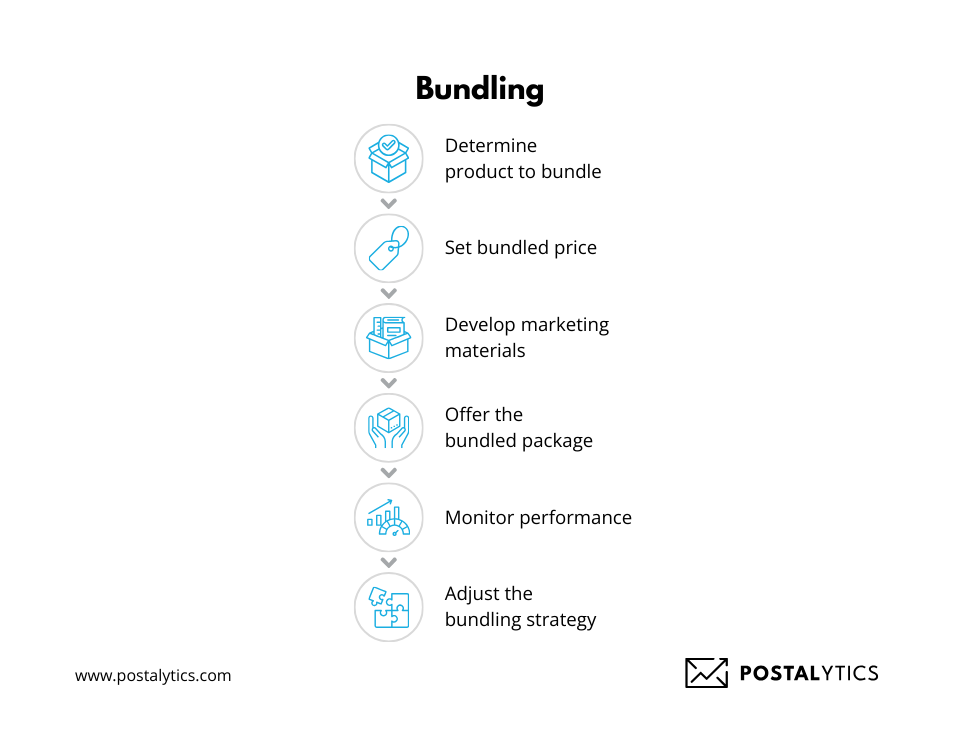
Instead of offering individual services, opt for product bundles. These can create irresistible offers for your customers.
For example, many ISPs offer internet services along with phone or TV services. Instead of going to different businesses and getting confused with all the plans, a customer can get everything in one place.
This reduces decision fatigue on the customer’s part, and you can charge a premium for the same. Ensure you’re promoting these bundles through direct mail and emails so your business stays on top of the customer’s mind whenever they need to make a decision.
3. Freemium Options to Attract Users
The freemium strategy has made a place of its own when it comes to streaming and SaaS businesses. It has become a great way to attract more customers to these businesses, and it’s time to adopt it for your ISP business as well.
Here’s an example of how you can implement this strategy:
For customers with weak WiFi signals in different parts of their homes, offer a WiFi extender for free. But if they want to manage this extender through an app, charge a certain fee.
Get creative with this strategy, and you’ll find many ways to onboard more subscribers.
4. Improve Customer Service
Excellent customer service keeps your existing customers satisfied, reducing churn rates and increasing loyalty. Prompt and effective problem-solving also builds trust and demonstrates your commitment to customer satisfaction. These customers are also likely to refer your business to others, leading to organic growth through word-of-mouth.
You can even upsell your plans and services to these customers, who are likely to buy.
If you’re short on resources, you also have the option to create detailed FAQs or guides that help customers solve their problems themselves. In case they need further assistance, they can get in touch with your team.
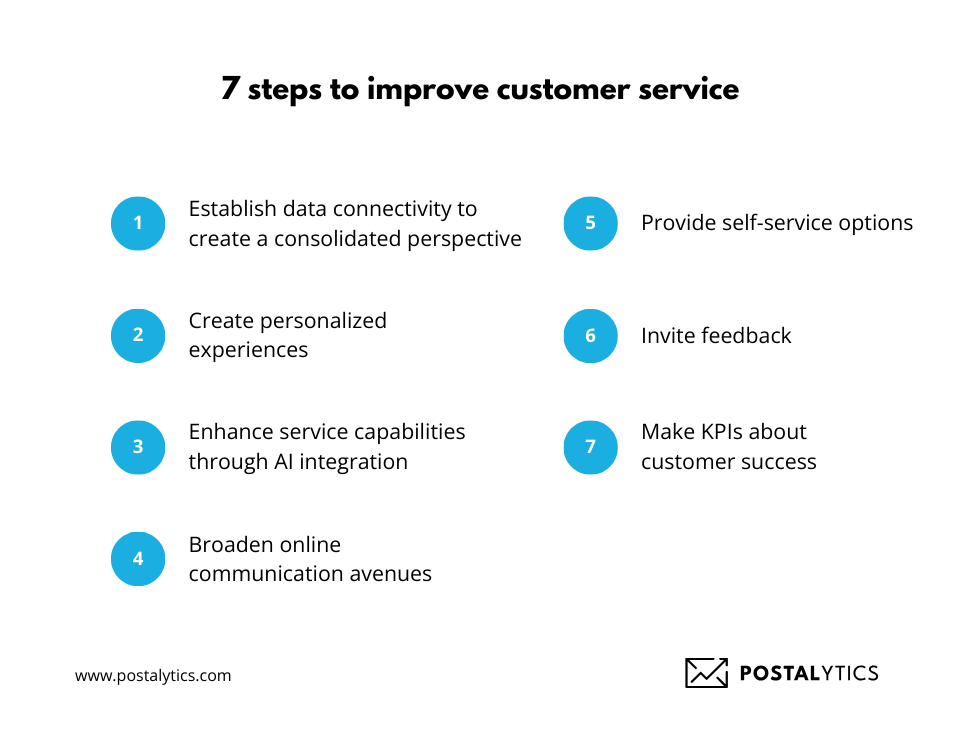
5. Cross-Selling and Upselling
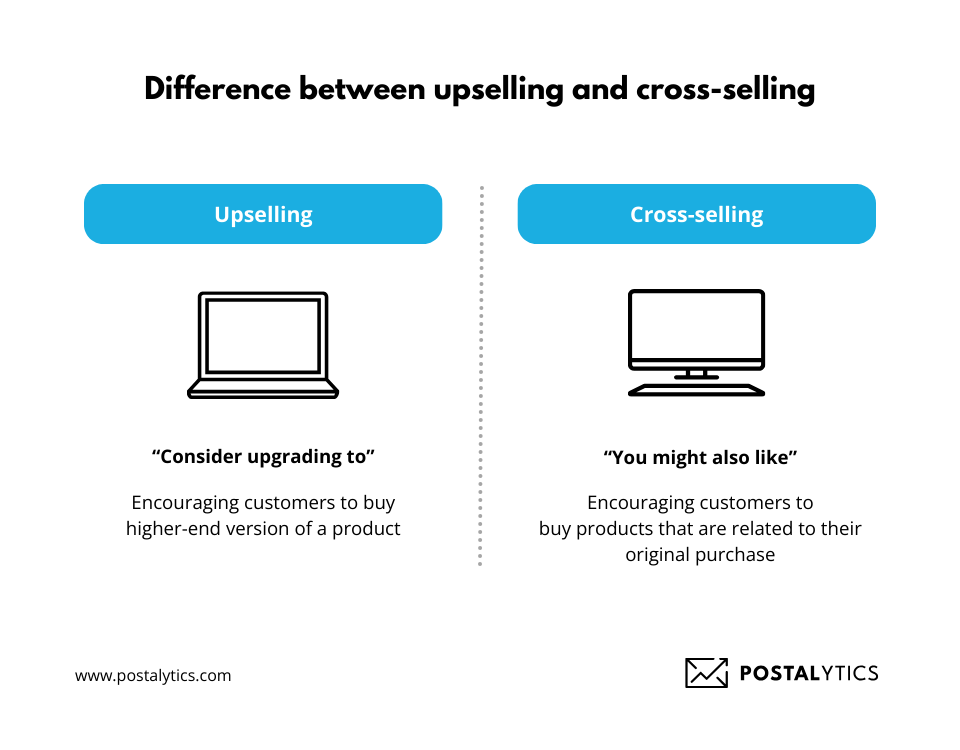
According to a HubSpot survey, 74% of salespeople who cross-sell and 72% who upsell say it drives up to 30% of their revenue.
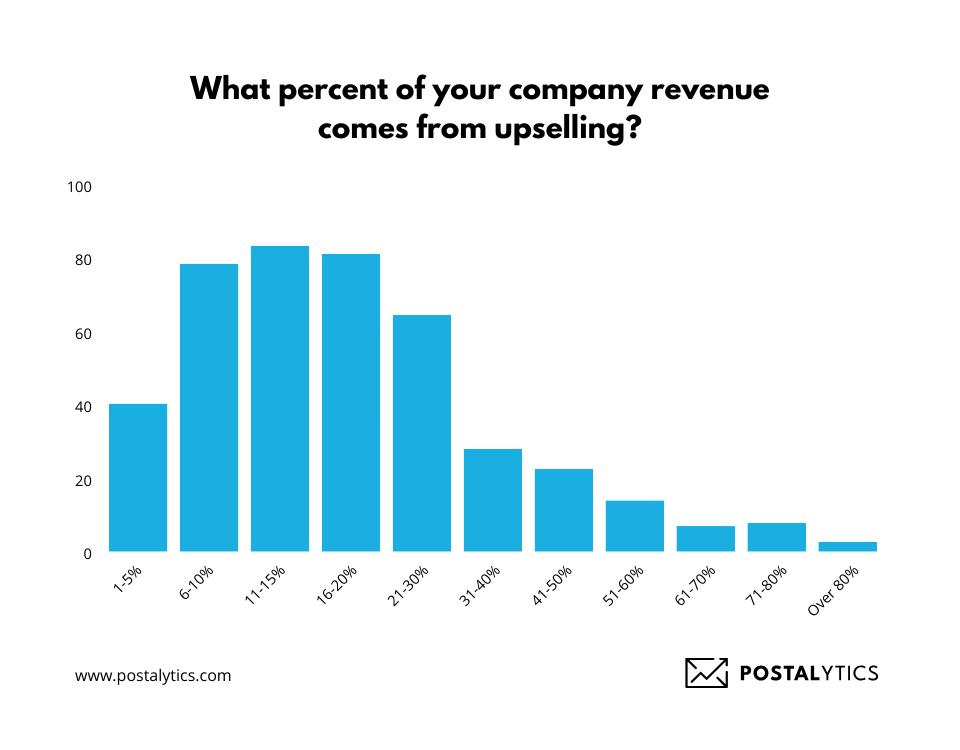
With this sales strategy, you can capitalize on your existing customer relationships to drive revenue without acquiring new customers.
This introduces customers to complementary services they do not think of otherwise. To get the most out of this strategy, utilize existing data like buying behavior, preferences, and motivations to tailor recommendations and create a more customized and satisfying experience.
6. Focus on Customer Retention
The ISP business doesn’t work on a one-time purchase model. You must retain your customers every payment cycle so your revenue does not dip, even if you are not acquiring new customers.
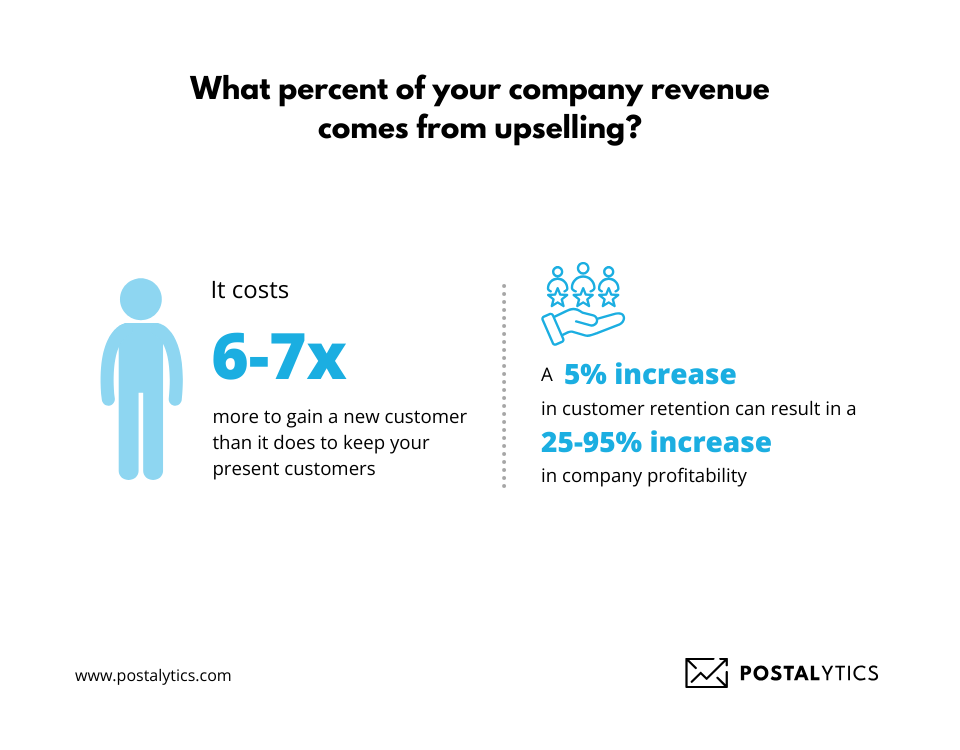
Here are some retention strategies you can apply:
- Respond to customer support queries quickly and efficiently.
- Offer omnichannel support to reach customers where they are.
- Gather customer feedback and optimize your business accordingly.
- Create a loyalty program and incentivize your loyal customers.
- Engage your customers with communities, forums, direct mails, personalized marketing material, etc.
- Support causes your customer cares about. For example, using sustainable printing methods for your direct mail campaigns.
7. Referral Programs
Take these two options:
Option A: You read a SaaS tool’s branded content about how great their product is.
Option B: A friend talks about how amazing that SaaS tool is and the benefits it has brought.
Which would you trust more? The latter one, right? That’s why referral programs are so effective as a sales strategy. You can leverage the social networks of your existing customers to acquire new ones, often at a lower cost than traditional marketing methods. Here’s an example of how they work.
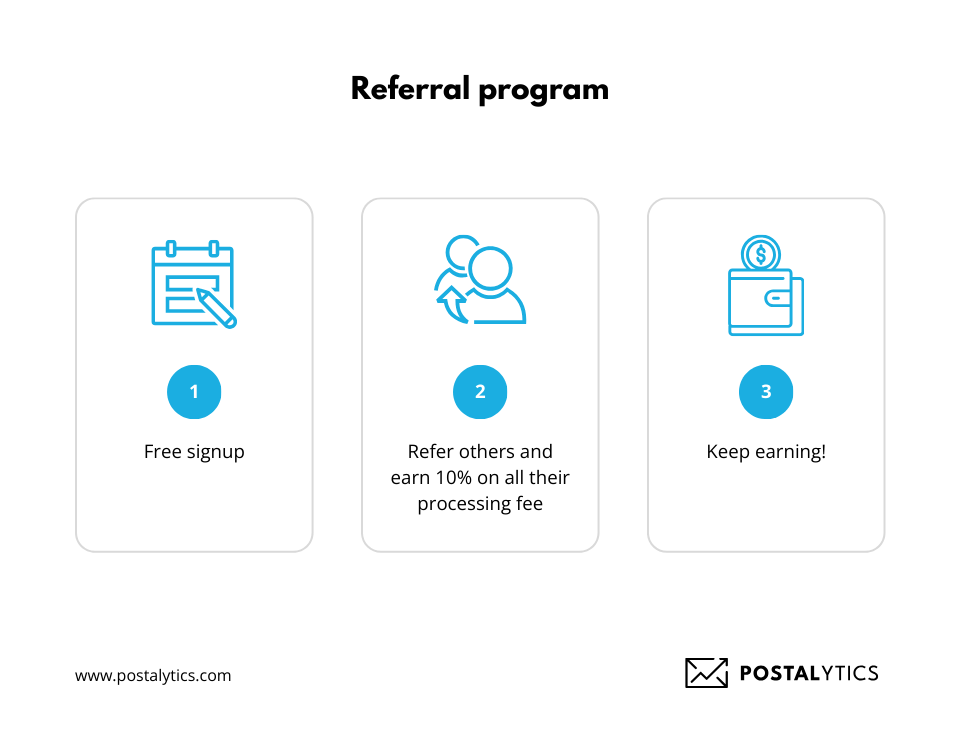
By incentivizing these referrals, you encourage existing customers to remain engaged and proactive in promoting your ISP.
5 Challenges of ISP Marketers
While there are a lot of ISP sales strategies you can try and get success with, you also need to be aware of certain challenges that ISP marketers face. Below, we list five such challenges and how you can overcome them.
1. Intense Competition
A search on Google with the query “Internet service providers near me,” delivers pages and pages of different providers who are more or less offering the same services or plans.
When you work in such a hyper-competitive market, you need to find differentiators and ways to attract more leads.
Solution:
- Innovate and offer unique value propositions to stand out.
- Ensure your marketing materials communicate this USP. If there’s no USP as such, let marketing be one.
- Create innovative campaigns that attract more eyes and give your business a competitive edge – for example, using personalized direct marketing.
2. Customer Retention
Customer churn is a common issue in the ISP industry. Consumers often switch providers due to different factors, like more affordable pricing, better plan packaging, dissatisfaction with the current provider, etc.
To maintain a stable revenue and keep your business growing, you must get this churn rate as low as possible.
Solution: Focus on providing exceptional customer service and support at all stages so you can resolve issues. Measure customer satisfaction by sending surveys and conducting interviews to brainstorm on how you can improve the rating further.
3. Pricing Pressures
Price sensitivity is a big challenge for ISP marketers. You must deal with price wars and their impact on profit margins. Keep an eye on competitor pricing to ensure you are pricing plans competitively (not too high or too low).
Solution:
- Create your pricing strategy after doing customer and competitor research.
- Maintain the balance between competitive pricing and profitability.
- If you can’t lower your prices, create product bundles that deliver value and attract people.
4. Technological Advancements
The rapid pace of technological change poses challenges for ISPs to keep up with the latest advancements. After all, you don’t want to keep offering 3G and 4G services when 5G is here. As marketers, you can’t keep using age-old marketing techniques that brought results decades ago.
Solution: The introduction of new technologies like 5G and fiber-optic networks require substantial investments. Prepare for the same and stay technologically relevant to meet customer demands. Keep looking at what the big players in your industry are doing to keep up with how you can provide better customer service.
5. Data Privacy and Security
Concerns over data privacy and cybersecurity have grown over the years. Many governments have also placed laws and data protection regulations that ISPs must adhere to to avoid legal risks and battles. You need to stay updated with the different law changes that relate to your industry.
Solution:
- Ensure customer data is secure by investing in proper technologies and protection measures.
- Educate customers about online safety.
- While marketing your services, discuss the regulations you adhere to to build trust and credibility in your brand.
Direct Mail as a Powerful ISP Sales Strategy
Direct mail is an effective sales strategy to reach and convert potential ISP customers. It helps build a personal connection with your prospect, and you can further nurture it by integrating other channels like email or social media into your marketing mix. Coordinating digital and direct mail increases the response rate by 63%, website visits by 68%, and leads by 53%.
The benefits don’t end there — many companies have seen increased growth, ROI, and revenue by implementing these direct mail campaigns.
With direct mail automation tools like Postalytics, you can create targeted campaigns quickly. We provide readymade templates that you can easily customize, and with features like variable data and logic, you can personalize your campaigns at scale.
If you’re unsure about how to track the effectiveness of these campaigns, you can embed QR codes on your mailers and bring these recipients online to track their activity and response.
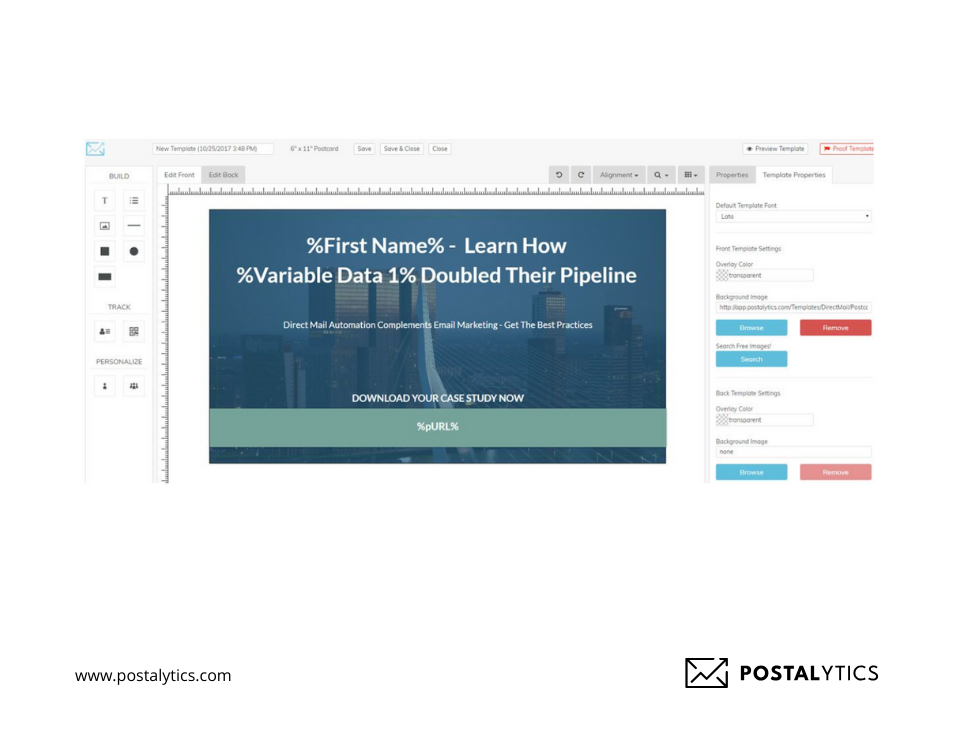
The Future of Digital ISP Marketing
The fact that new technologies and competitors are entering the ISP industry signals that marketers need to buckle up and start experimenting with different sales strategies.
You can try these seven strategies and combine them to create a detailed marketing plan or campaign. If you choose direct mail marketing as one of your go-to sales strategies, register for a free account on Postalytics and utilize the different features to make your campaigns even more effective. Click through to the Postalytics blog page for further industry insights.
Time to start implementing!
About the Author

Dennis Kelly
Dennis Kelly is CEO and co-founder of Postalytics. Dennis joined Boingnet, the predecessor to Postalytics, in 2013. Boingnet was focused on providing print and direct mail marketing service providers the ability to add digital marketing channels to their direct mail campaigns. Postalytics is Dennis’ 6th startup. He has been involved in starting and growing early-stage technology ventures for over 30 years and has held senior management roles at a diverse set of large technology firms including Computer Associates, Palm Inc. and Achieve Healthcare Information Systems.
